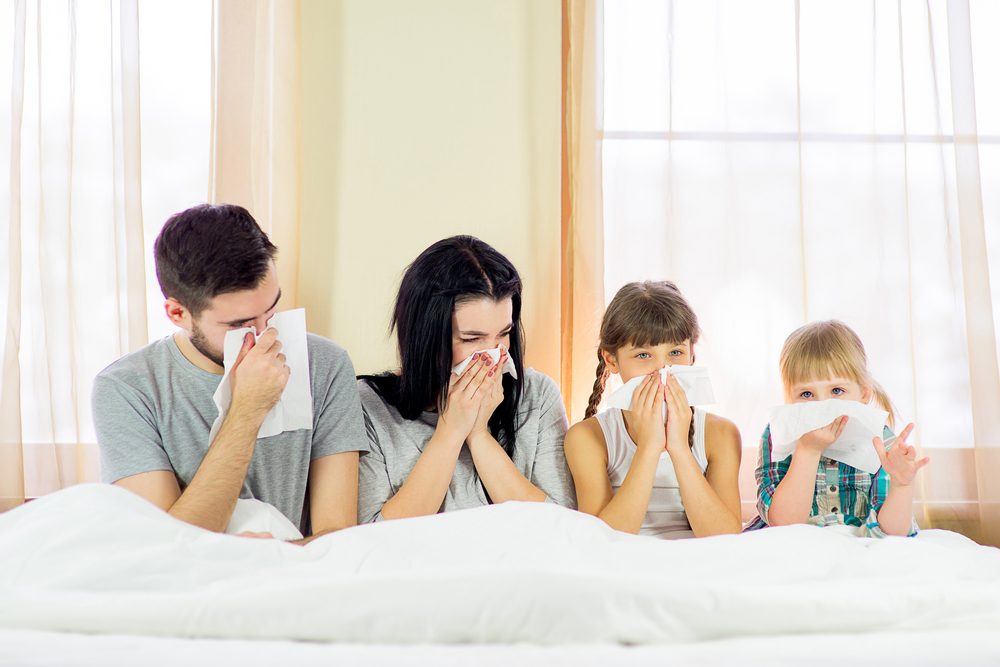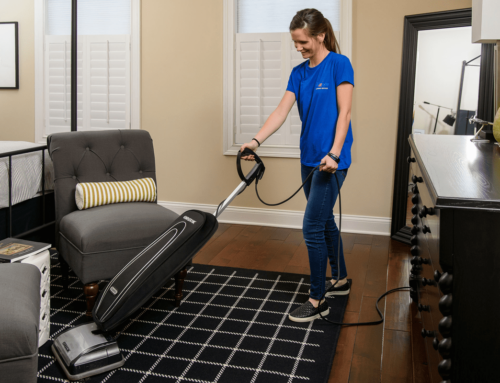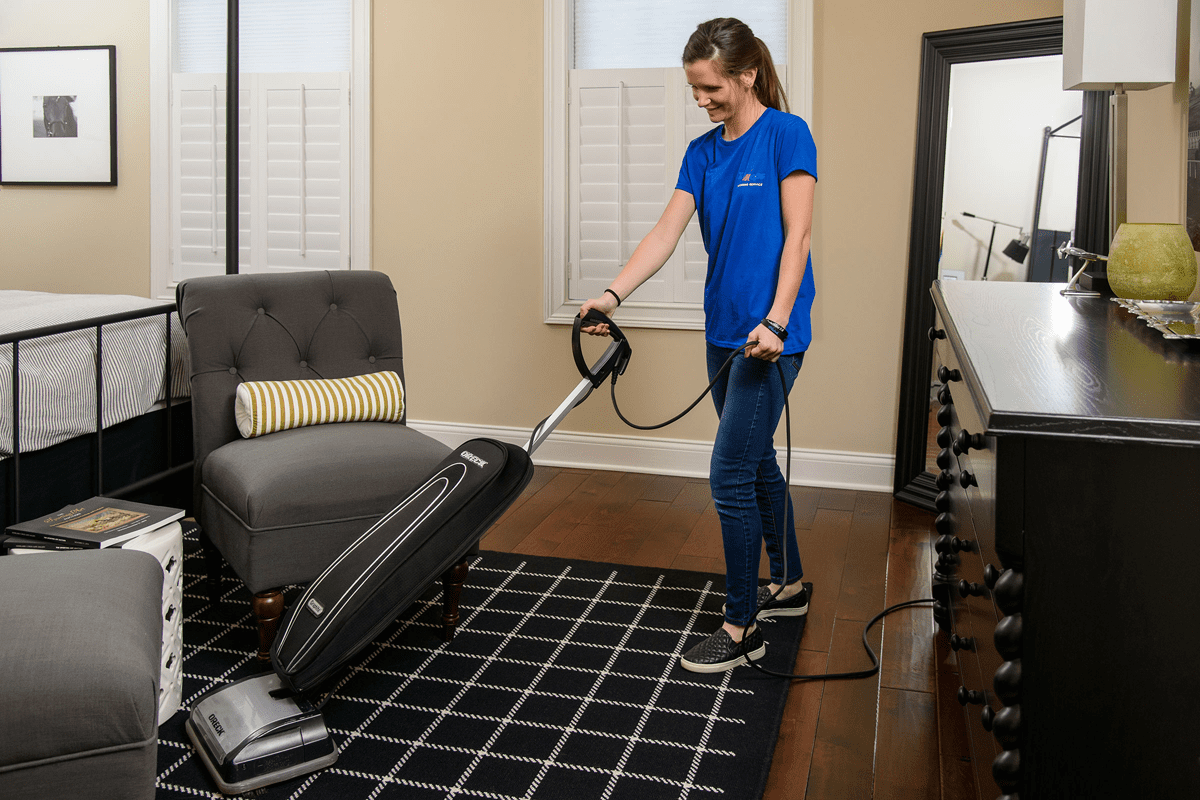
Discover the Top 5 Hidden Allergens in Your Lexington Home
As the seasons change and allergies flare up, many of us are quick to blame outdoor pollen and pollutants for our sniffles and sneezes. However, did you know that the air inside your home can harbor just as many allergens, if not more? In this comprehensive guide, we’ll delve into the top five hidden allergens commonly found in Lexington homes and explore practical solutions to keep them at bay. From dust mites to pet dander, we’ll uncover the culprits behind your indoor allergies and provide expert tips on allergy-proofing your living space.
The Silent Culprit: Dust Mites
Understanding Dust Mites
Dust mites are microscopic creatures that thrive in warm, humid environments, making our homes the perfect breeding ground. These tiny pests feed on dead skin cells shed by humans and pets, and their feces contain allergenic proteins that can trigger allergic reactions in susceptible individuals.
Common Hiding Spots
Dust mites can be found in abundance in bedding, upholstered furniture, carpets, and curtains. They also inhabit areas with high humidity, such as bathrooms and basements, where moisture encourages their growth.
Combatting Dust Mites
To reduce dust mite populations in your home, wash bedding in hot water weekly, use allergen-proof mattress and pillow covers, vacuum carpets and upholstery regularly with a HEPA filter vacuum, and maintain indoor humidity levels below 50%.
Pet Dander: A Persistent Problem
The Impact of Pet Dander
While our furry companions bring us joy and companionship, they also introduce allergens into our homes in the form of dander, saliva, and urine. Pet dander, in particular, consists of tiny flecks of skin shed by cats, dogs, and other furry pets, which can trigger allergic reactions in sensitive individuals.
Widespread Contamination
Pet dander can be found on furniture, floors, and even in the air, making it challenging to eliminate completely. Even homes without pets can harbor pet dander brought in on clothing or shoes.
Managing Pet Allergens
To reduce exposure to pet dander, bathe and groom pets regularly, designate pet-free zones in the home, use HEPA air purifiers to filter out airborne allergens, and clean surfaces frequently with a damp cloth or mop.
Mold: The Hidden Threat
Recognizing Mold Growth
Mold thrives in damp, poorly ventilated areas of the home, such as bathrooms, kitchens, and basements. It can grow on virtually any surface, including walls, ceilings, and even household items like clothing and books.
Health Risks Associated with Mold
Exposure to mold can cause allergic reactions, respiratory issues, and exacerbate asthma symptoms in sensitive individuals. Certain types of mold, such as black mold (Stachybotrys chartarum), produce mycotoxins that can have serious health implications.
Preventing Mold Growth
To prevent mold growth, maintain proper ventilation in bathrooms and kitchens, repair leaks promptly, use a dehumidifier to reduce indoor humidity levels, and clean mold-prone areas with a mixture of water and detergent.
Indoor Air Pollution: A Hidden Hazard
Sources of Indoor Air Pollution
Indoor air pollution can stem from various sources, including tobacco smoke, household cleaning products, cooking fumes, and volatile organic compounds (VOCs) emitted by furniture and building materials.
Impact on Indoor Air Quality
Poor indoor air quality can exacerbate allergies and respiratory conditions, leading to symptoms such as coughing, wheezing, and throat irritation. Long-term exposure to indoor air pollutants may also increase the risk of developing asthma and other respiratory diseases.
Improving Indoor
Air Quality To improve indoor air quality, avoid smoking indoors, use natural cleaning products, ventilate cooking areas with exhaust fans, and choose low-VOC furniture and building materials. Additionally, consider investing in an air purifier with HEPA filters to remove airborne pollutants.
Pest Allergens: An Unwelcome Intruder
Common Pest Allergens
Pests such as cockroaches, rodents, and insects can introduce allergens into the home through their saliva, feces, and shed skin particles. Cockroach allergens, in particular, are a significant contributor to indoor allergies and asthma attacks.
Eliminating Pest Allergens
To minimize exposure to pest allergens, keep food stored in airtight containers, seal cracks and crevices where pests can enter the home, and promptly clean up spills and crumbs. Consider hiring a professional pest control service to eradicate existing infestations and prevent future pest problems.
Conclusion
Identifying and addressing hidden allergens in your Lexington home is essential for maintaining a healthy indoor environment, especially for allergy sufferers. By taking proactive measures such as regular cleaning, proper ventilation, and investing in professional services when needed, you can create a safer and more comfortable living space for you and your family. Remember, allergy-proofing your home is a continuous process, but the rewards of better health and well-being make it well worth the effort.
Share this article
Follow us
A quick overview of the topics covered in this article.









